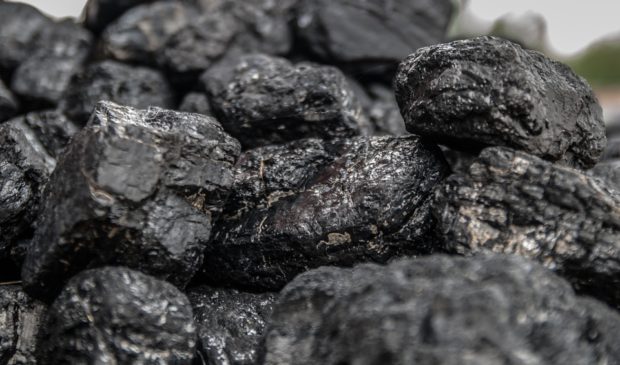Environmental groups demand that Austin Energy ditch coal plant
Wednesday, July 20, 2016 by
Jack Craver Two environmental groups say that Austin Energy, the city-owned utility, is ignoring an important sustainability goal set for it by City Council.
Public Citizen and Sierra Club, which are intervening jointly in the Austin Energy rate review, argue that it’s time for the utility to take serious steps toward retiring the Fayette Power Project coal plant, which it jointly owns with the Lower Colorado River Authority.
“It is our city’s largest source of air pollution and greenhouse gas emissions,” said Kaiba White, a policy analyst for Public Citizen. “Retiring the plant is a big priority for our organization and other people in Austin who care about climate change.”
The problem is, in addition to the costs the utility would have to incur to develop alternative power sources, it still has roughly $169 million in debt to pay off related to pollution-control measures it installed at the plant only a few years ago.
The environmental groups recommend that the utility begin building a cash reserve this year, allocating enough revenue to pay off a sixth of the total debt annually.
The 10-year policy plan adopted by Council at the end of 2014 states that the utility should work to “retire its share of the Fayette Power Project as soon as legally, economically and technologically possible.” At another point, the plan is more specific, saying the utility should create a cash reserve fund aimed at shutting down its share of the plant “starting in 2022.”
The same plan acknowledges the challenges the city faces in ditching the coal plant. At the time the plan was created, Fayette was generating 25 percent of the city’s energy.
The utility is paying toward the debt every year, but at the current pace the debt won’t be entirely paid off until 2046. That does not mean, clarified Austin Energy spokesman Peter McCrady, that the utility is planning on running the plant until that time. The utility does not propose a specific timeline for closing the plant, however.
In its closing brief in the rate review, in which it responded to arguments made by Public Citizen, Sierra Club and the more than a dozen other parties intervening in the case, Austin Energy contends that the 2014 plan stops far short of calling on it to set aside revenue from rates to start defeasing the debt. The plan is a guiding document, it says, and does not even allow for the utility to unilaterally begin setting up a cash reserve aimed at shutting down the plant without further authorization from Council.
Further, the utility argues that putting money toward debt defeasement now would lead to higher costs for ratepayers. It points out that the amount it would need to allocate toward the debt fund is roughly equal to the $24.5 million rate reduction it has proposed.
A number of parties, including Sierra Club and Public Citizen, have argued that the utility is generating enough revenue to offer a much greater rate reduction. White contends that Austin Energy could lower rates and put money toward the debt fund.
The fact that half the plant is owned by the LCRA also complicates matters. Unless the LCRA also agrees to shut down its half of the plant, it will continue to incur costs that Austin Energy will be expected to cover even if it is no longer using the plant to generate power.
The impartial hearing examiner overseeing the rate review agreed with the utility that it would be inappropriate to begin setting aside funds to shut down the plant, calling such a move “premature.”
The independent consumer advocate hired by the city to represent residents and small businesses in the rate review also agreed with the utility.
“Our concern is that there is no actual plan to shut Fayette,” said Janee Briesemeister, who is part of the independent consumer advocate team. “It doesn’t make sense to charge ratepayers to create this fund when there’s no plan to shut this plant.”
While the intention of the 2014 Generation Plan was for Austin Energy to find the money from its revenue to pay off the debt, White said Council could also help out by allocating general revenue funds to that end. She acknowledged, however, that that might not be politically feasible.
“There are lots of demand on that revenue,” she said.
Photo by bycfotografem made available through a Creative Commons license.
A complete list of Austin Monitor donors can be found here.
You're a community leader
And we’re honored you look to us for serious, in-depth news. You know a strong community needs local and dedicated watchdog reporting. We’re here for you and that won’t change. Now will you take the powerful next step and support our nonprofit news organization?






